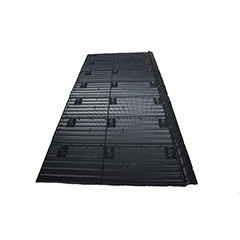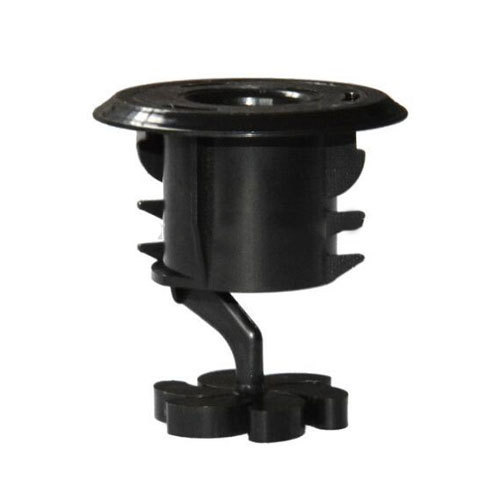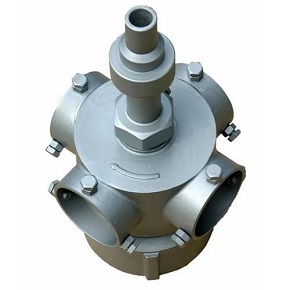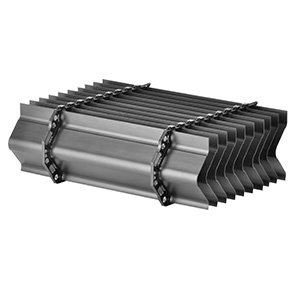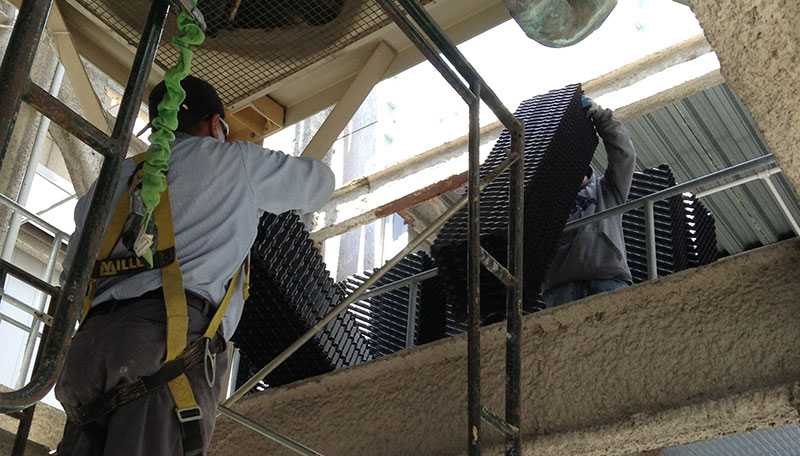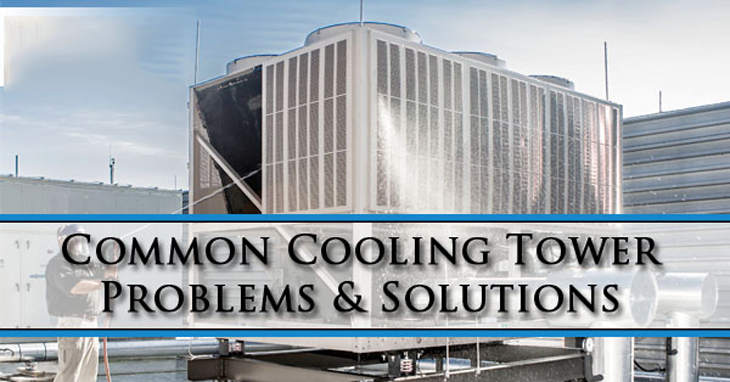Cross Flow VS Counter Flow Cooling Tower Which One is Suitable for You?






What are the major parts of cooling tower?
Cooling tower consist of many components as such as
Packing of cooling tower
The packing of the cooling tower is most important part of the all. It should be able to withstand the load and other environmental effects.
Fan and gears
These components are the heart of the system as fan causes the air to move. It also responsible for enhancing the rate of heat transfer in cooling tower.
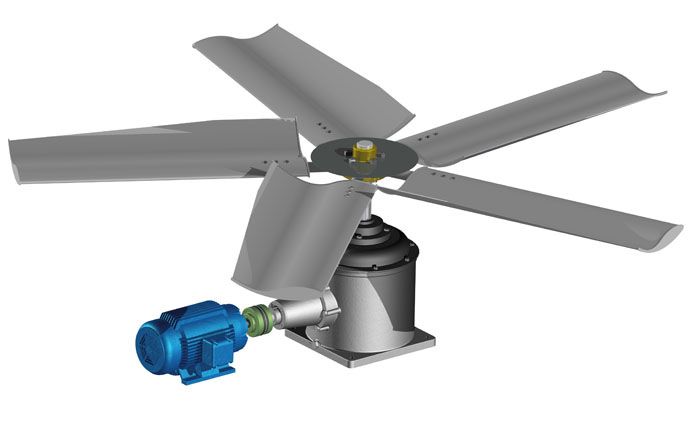
Figure 1fan and gears used in cooling tower
Drift separator
In cooling towers there is a loss of water due to the evaporation process in the exhaust. Drift eliminator is designed to capture water droplets in air stream. This prevent the water losses in the cooling tower.
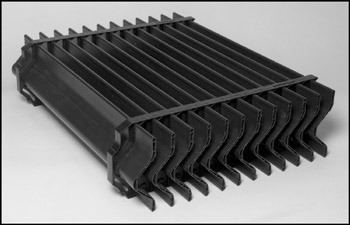
Figure 2drift separator
Water distribution system
Water distribution consist of nozzles, pipes, drains, valves etc. they control the flow of water in the system and responsible for proper distribution of the system.
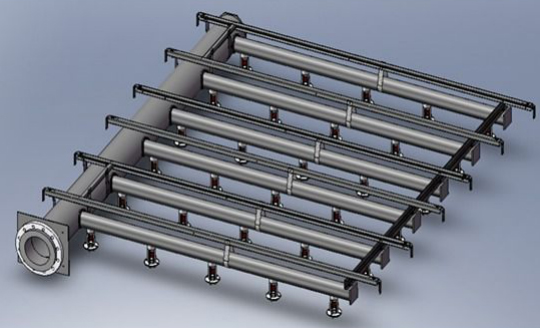
Figure 3water distribution system
Air intake louvers:
These are the extra components for the proper running of the tower these avoid the entering of sunlight, noise and other hazardous things to enter into the cooling tower.
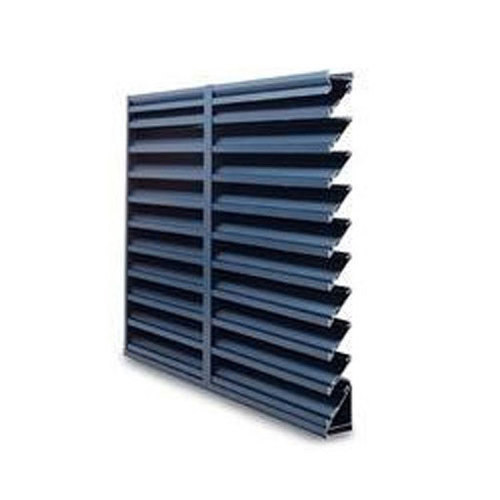
Figure 4 Aluminum louver
Control instruments for level and temperature measurement
Cooling towers has a number of level control and other temperature measurement control system including many cooling tower parts.
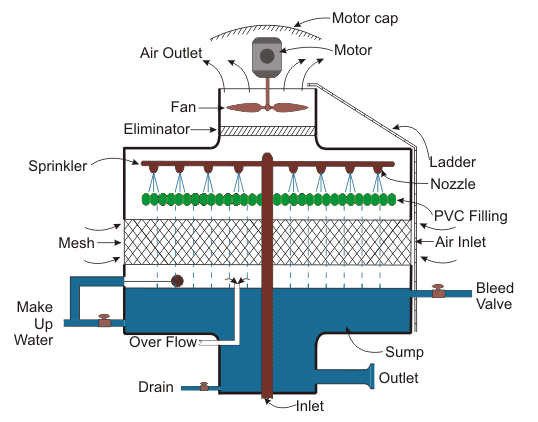
Figure 5 parts of the cooling tower
What is cooling tower nozzle?
Cooling tower have nozzles that directs the water into the fillers. Uniform distribution of water at the top of the filler is necessary to get proper wetting of the filler surface. Nozzle could be fixed or might have round or square patterns or can be part of the rotating assembly
They disperse the water evenly across the heat exchanger. Nozzles are mostly made of PVC, glass or ceramics. Some nozzles are high temperature resistant. They are used in both crossflow as well as counterflow cooling towers.
Benefits of nozzles:
• Equally distribution of water.
• Reliable than other distribution system
• Comfortable to install.
• Most efficient method
• Lower operational cost.
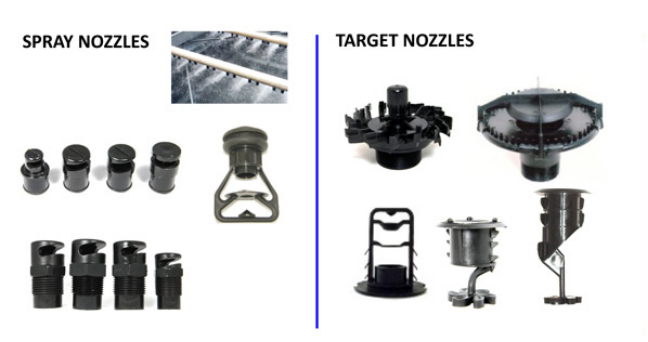
Figure 6 spray and target nozzles
Crossflow cooling tower:
In crossflow cooling tower water enters perpendicularly while air enters for the side walls of the tower horizontally and then rise upward from the center of the cooling tower. In crossflow cooling towers air enters at 90 degree to the direction of water.
Crossflow cooling tower properties and considerations:
Area of crossflow cooling tower:
The crossflow cooling tower has large area which allow full door access which mean it allows us to reach each & every part of the cooling tower easily. But covers more space.
Water distribution system in crossflow cooling tower:
The distribution or the hot water basins have a deep pan listed with holes and nozzles in bottom is place near the top of a crossflow tower. Gravity distributes the water in the fill equally.
Cold weather capabilities:
The water is equally distributed in the fill of cooling towers, so in case of low flow rates it avoid the channeling of the water thus avoid the icing or freezing problems which is not possible in counterflow systems.
Small power for operation:
Crossflow cooling towers use less power than the counter flow cooling towers. The reason is the no pressure head is requiring in the system the head is developed by the hydrostatic head due to gravity.
Variable flow rates:
The other benefit of crossflow cooling tower is the handling of variable flow due to the gravity distribution system it can work under different flow rates even 30% of the desired flow rates would give good efficiency.
Disadvantages of crossflow cooling tower:
• Variable flow is useless in some cases.
• More prone to dirt than counterflow cooling tower specially in dust and deserted areas.
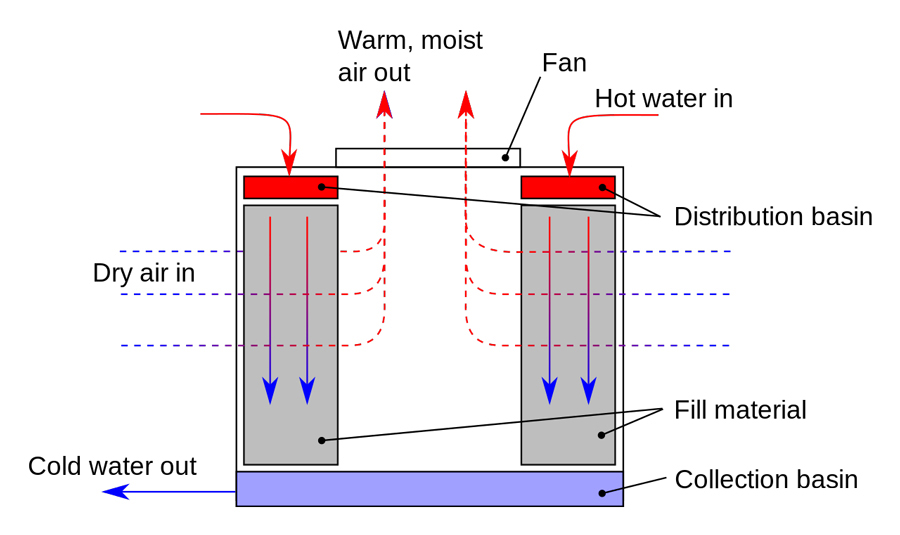
Figure 7 Cross-flow cooling tower water and air distribution system.
Counterflow cooling tower:
In counterflow cooling towers the air is entered beneath the fills and moves upward opposite to the direction of the water flow. The air enters beneath the fill material and then rise upward through the fill material.
The water is sprayed through the pressure nozzles near the top of the tower and flows down through the fill material.
Counterflow cooling tower parameters and consideration:
Area of the cooling tower:
The area of the counter flow cooling towers is smaller than the crossflow cooling tower. Which makes it a bit difficult to reach each part of the system
Fill options:
Counterflow cooling tower comes with different filler options. Different types of fills can be use there which is important for some applications as we need more forgiving fill for dust environment.
Water channeling:
Due to pressurize system it is easy to make it undistributed water channeling in the system in case of low flow rates which cause freezing of water in the system.
Lighter operating weight:
Counter flow towers are light in weight as compare to the cross-flow system for same size of drainage or output of the system.
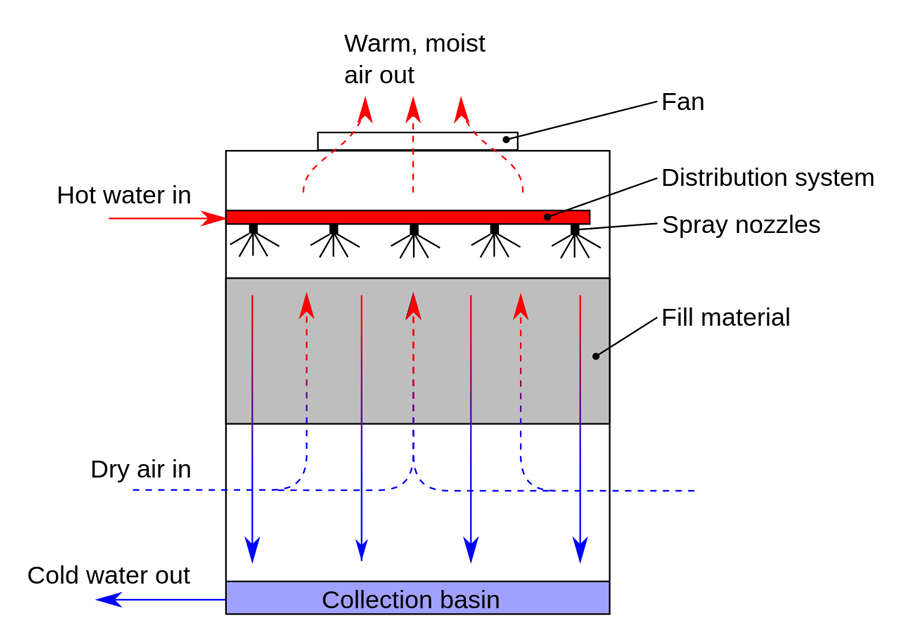
Figure 8 working and water distribution of counter flow cooling tower.
Advantages of counterflow cooling:
There are several advantages of counter flow cooling towers such as
• Smaller as compare to the crossflow cooling system.
• Lighter weight of the operating system
• Several filling options which could be used for several applications depending on the quality of the water.
Disadvantages of counterflow cooling tower:
• There is a greater chance of freezing of water in the system in low flow rate systems.
• Higher initial and long-term cost
• Difficult to use variable flow rates
• Nosier than the crossflow tower due to fall of water.
Natural vs force draft:
Natural draft:
They use a fan at the top of the tower to pull the air upward at the discharge of the cooling tower. Air has high velocity at outlet and low velocity at inlet
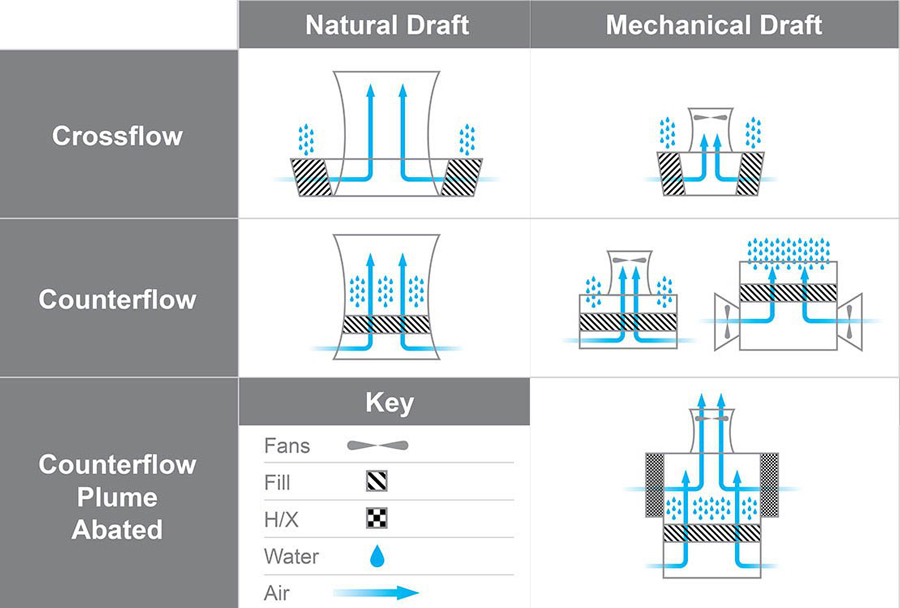
Figure 9 crossflow vs counterflow cooling tower
Forced draft:
They use a blower type fan in the cooling tower at the entrance which cause high velocity at the inlet and low velocity at outlet. It can cause circulations of air at the outlet.
• The other disadvantage of this system is that it uses much more horse power that draft type.
• The advantage of the system is that is used for high tail pressure work.
What are cooling tower fillers?
Fill material is the material that is used in the cooling tower for the proper mixing of water and air. The good filler properly mixes water and air in the cooling tower. They are mostly made from plastic sheets.
Cooling tower fills comes in different sizes and shapes they could be round, rectangular, square and trapezoidal the size of the cooling tower varies with the size of the tower. The filler thickness could be from 0.27 to .5 mm.
If the width of the cooling tower is less than 1.22m than thickness of .38 or less could be used if thickness is greater than 1.22 than thickness should be larger than .38 to bear the weight of the system.
Summary:
| Crossflow cooling tower | Counterflow cooling tower |
| Have larger area, easy maintenance | Small area as compare to counterflow, low space requires |
| Single filler options | Multiple filler options |
| Use less power | Use more power |
| Can handle variable flow rates | Can't handle variable flow rates |
| No icing and freezing problem could be used in cold weather environment | Icing and freezing problems |
| Low installation cost | High installation cost |
| Can't use in dust environment | Could be used in dust and other environment problem conditions. |
